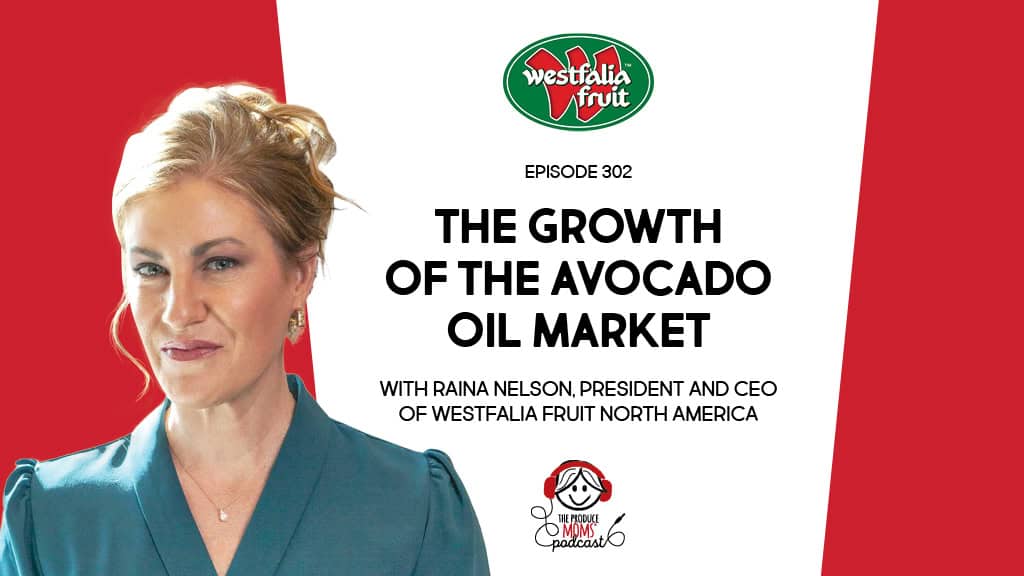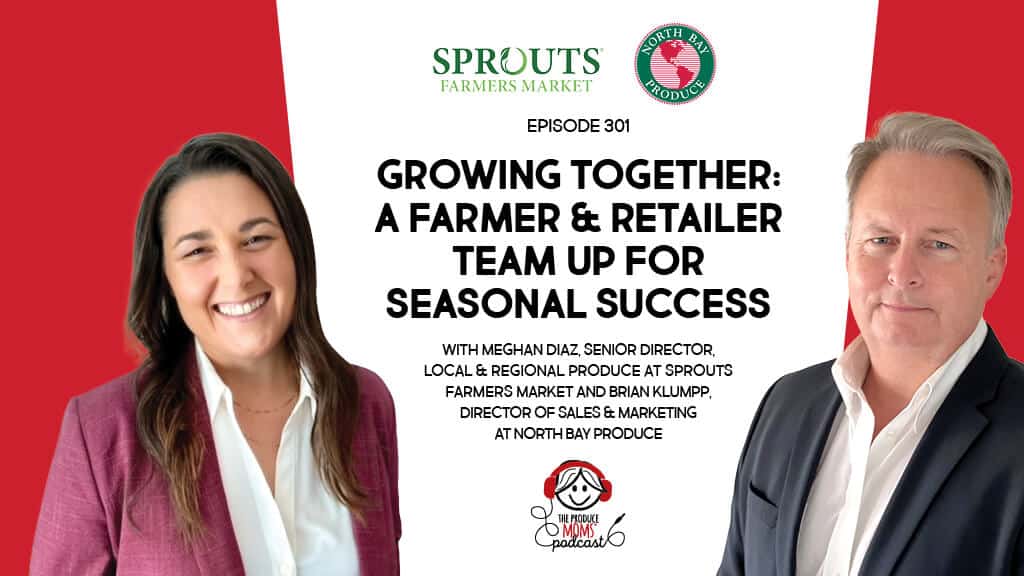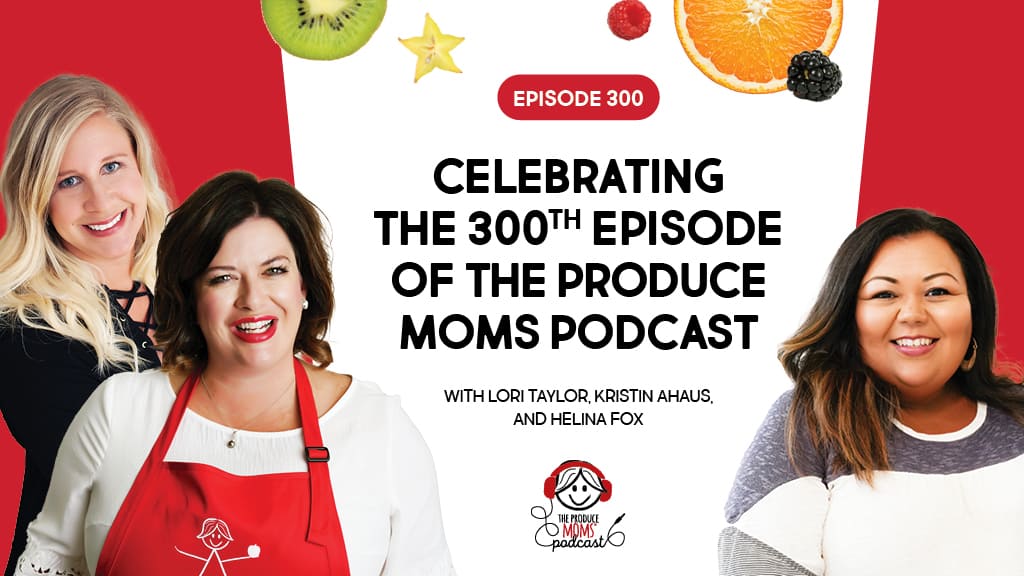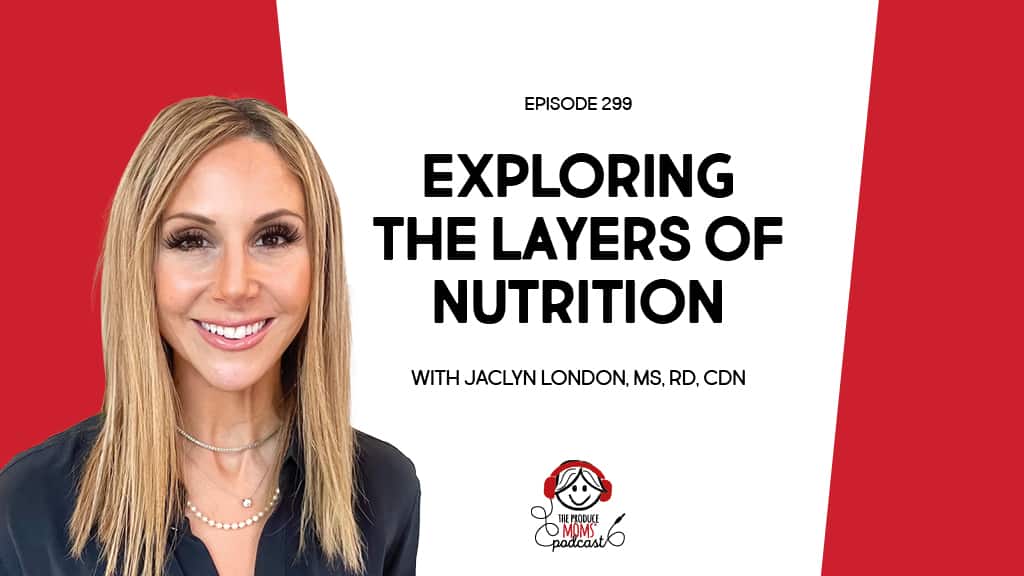Episode 283: Diane Grodek
Nov 09, 2023
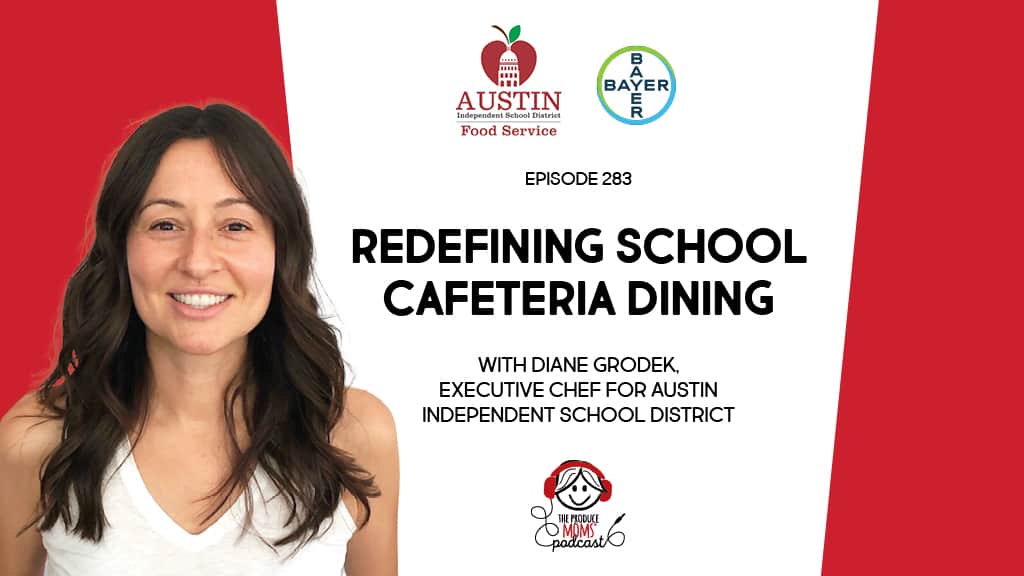
This post may contain affiliate links. Please read our disclosure policy.
School cafeteria dining has long been associated with bland, institutional food and a lackluster atmosphere. However, there’s a growing movement to redefine this experience, offering students not just nourishment but an engaging, diverse, and healthy dining environment. To delve deeper into this transformative approach, we had the pleasure of speaking with Diane Grodek, a visionary in the field of school nutrition and an advocate for redefining the school cafeteria experience.
In this Episode:
- Diane shares about her background in the food industry and her position as the Executive Chef for Austin Independent School District
- Diane discusses more about Austin, population size, demographics etc. more than meets the eye…61% free reduced meal status, serve 73,000 students spanning 116 campuses
- Diane shares about The Child and Adult Care Food Program- federal program that provides reimbursement for nutritious meals and snacks to eligible children and households.
- Diane shares what her favorite thing is about working the food service industry
- Lori and Diane discuss sourcing and menu management
- Food is culture
Notable Quotes:
“Austin is more than meets the eye when you come to visit. You might be surprised that we’re actually about 60, 61% free reduced meal status in our city. So, you’re only seeing one side of Austin, but we’re serving a really huge variety of kids coming from all different backgrounds.”
“It’s about 60,000 meals a day. So we’re always working on increasing participation. That’s a big deal for us. So we serve about 30% of our student body at breakfast and about 52% at lunch. And then we do that third meal, CACFP meal in the afternoons to about 8,000.”
“You know, overall procurement, I think it’s important for people to know that in Austin, we don’t just have a Cisco truck that pulls up or a big brand truck that comes up and just dumps all the food. We’re really choosy about our procurement. So, we have over 70 different vendors bringing in individual products.”
“Yes, it’s almost like we can’t rely on any one given trend because the city is so diverse. So, what’s trending on one side of town, they’ve never heard of on the other side of town. So, we kind of throw everything out there. We have just a huge, huge variety.”
“We’re here to kind of have fun and educate. And I just never want the school lunch line to be intimidating. So, we do taste tests, all that kind of thing. If we’re serving okra, it’s because we taste tested it the year before and kids were kind of into it. So yeah, we need farmers every single day to function and be compliant for breakfast and lunch and our CSEF food meals.”
“I think success looks like destigmatizing school lunch and kind of taking away this idea that it’s only for a certain kind of kid or for kids that don’t have another option. So, and part of that is getting buy-in from people that do have a choice. So, and buy-in from our own employees. When you’re making good food and the staff is proud of the food they make, that makes the difference. When the executive chef has two kids in high school and they buy lunch every day, that makes a difference. It gives me confidence to go in and talk to parents and talk to PTAs and tell them, this food is good enough for my kids, it’s good enough for your kids, it’s good enough for every kid. And it shouldn’t be exclusive to only people who don’t have another choice.”
“I think an important thing of that too is it doesn’t have to be an all or none. So every little incremental change is a good change. If you can do one piece of something each day that is more sustainable or scratch made, then you’re making progress. It’s intimidating to think we’re gonna become scratch cooking kitchens. It’s like, why don’t you try condiments first? See if you can get some fresh.”
“That’s the number one thing that you can do for child hunger in this country is have your own kids, your grandkids eat the school lunch because it all feeds into the bigger budget. So, the more participation we have, the better food we can have. We can maintain our employees. We can bring in good employees. We can bring in better products. But if you want to support hunger in the United States, school lunch is an excellent, easy way to do it.”
Resources:
Website: Austin ISD
